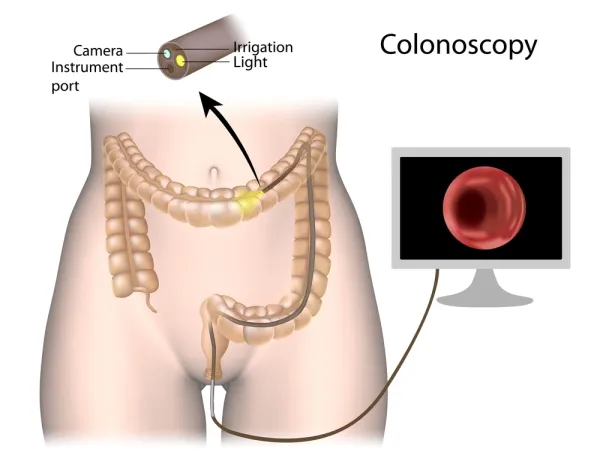EM Coding Alert
Use This Chart to Make HPI Elements Count
And take this expert advice to avoid repeating history mistakes. You know how the history of present illness (HPI) relates to the history component of an E/M service, and how to count the various HPI elements to determine whether the HPI is brief (one to three elements) or extended (four or more elements). But do you know what each of those elements are? More important, do you know the most effective way to document each one? If you don’t, or if you need a refresher, we’ve defined and explained each one in a handy clip-and save-chart. Then, we’ve added three great expert tips to help make your HPI calculations and documentation a breeze. What is HPI? As CPT® puts it, the HPI is “a chronological description of the development of the patient’s present illness from the first sign and/or symptom to the present.” To create a full and accurate description, your provider will ask the patient about one or more of the following elements. Expert tip 1: “At first glance, one might wonder about the difference between timing and duration. In fact, some payers do not recognize timing, and only look for duration,” notes Suzan Hauptman, MPM, CPC, CEMC, CEDC, director, compliance audit, Cancer Treatment Centers of America. “Consider this example: a month ago, a patient with congestive heart failure noticed that it took him well over 30 minutes to walk to the mailbox instead of the usual 15 minutes,” Hauptman elaborates. “You could give ‘within the last month’ as the duration, while the timing could be 30 minutes as opposed to 15.” Expert tip 2: “Providers sometimes cover some of the HPI under the ROS, so you should take care not to give double credit,” says Melanie Witt, RN, CPC, MA, an independent coding expert based in Guadalupita, New Mexico. “For instance, suppose a patient presents for sharp pain of the abdomen. If the provider states this in the HPI, but the ROS listed under GI [gastrointestinal] states ‘denies nausea, vomiting, diarrhea,’ you cannot count the ROS element as associated signs and symptoms in the HPI and also count it as review of the GI system,” Witt explains. Expert tip 3: “Coders sometimes waste time trying to count all of the possible HPI elements when the chart has a lot of documentation. To get to the highest level, you only need four of the eight, so you should stop counting at that point and move on,” Witt advises. When that happens, and you find elements documented in the HPI above and beyond the four needed for an extended HPI, you can use them toward the ROS instead.
Related Articles
EM Coding Alert
- Practice Management:
Take These 3 Steps, Minimize No-Show Patients
Hint: don’t fall for the 99199 myth. When patients fail to show for a consult [...] - Documentation:
Use This Chart to Make HPI Elements Count
And take this expert advice to avoid repeating history mistakes. You know how the history [...] - Specialty Spotlight:
Solve These 4 Neonatal Transfer of Care Scenarios, Keep Your Claims Clean
Know the codes to use and who can use them. Care for a child immediately [...] - You Be the Coder:
Mend This Multiple Modifier Muddle
Question: We have a small practice in a designated health professional shortage area (HPSA). Because [...] - Reader Question:
Question Payer Policy in This E/M Bundle
Question: A carrier is denying a claim for a 99213 with an 81000 saying that [...] - Reader Question:
Use This Documentation for Medication Checkup E/M
Question: Our provider saw a patient with GERD and started her on esomeprazole. The patient [...]




